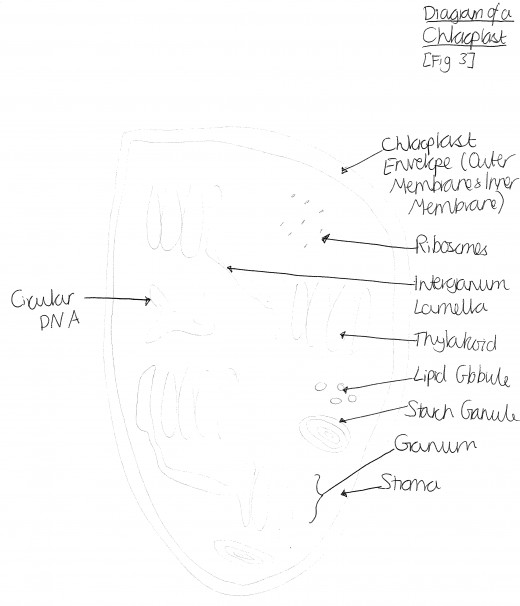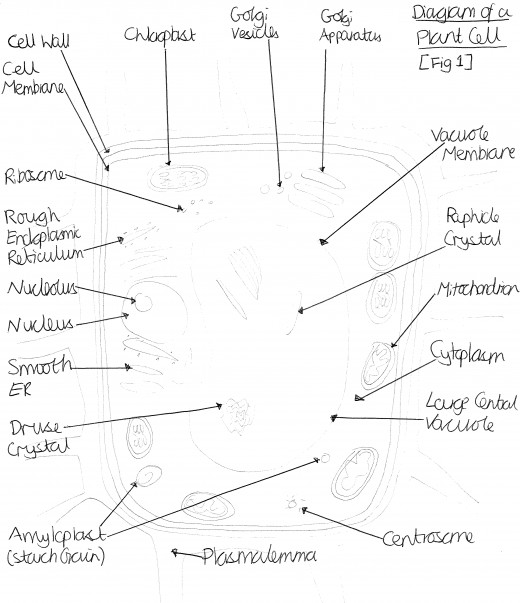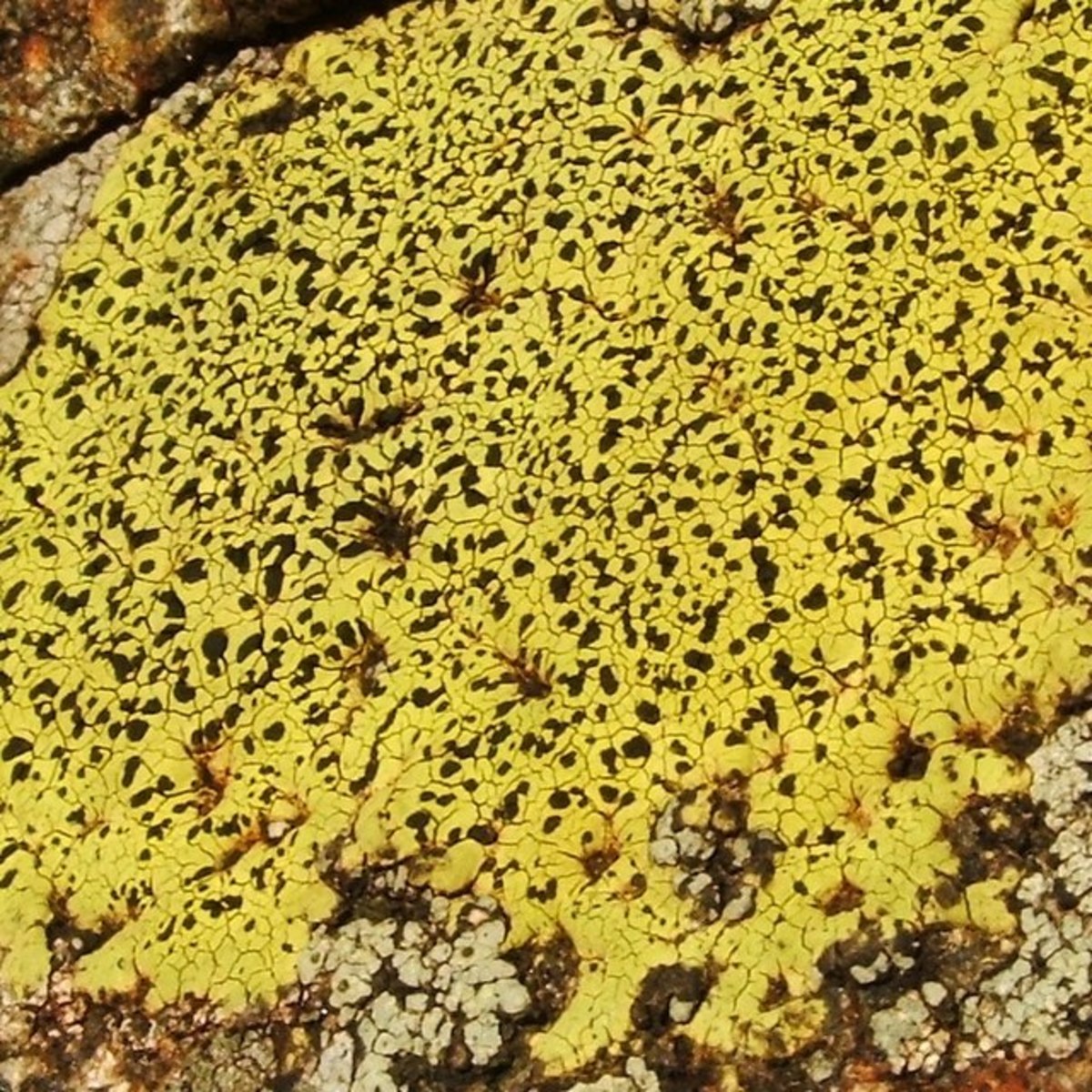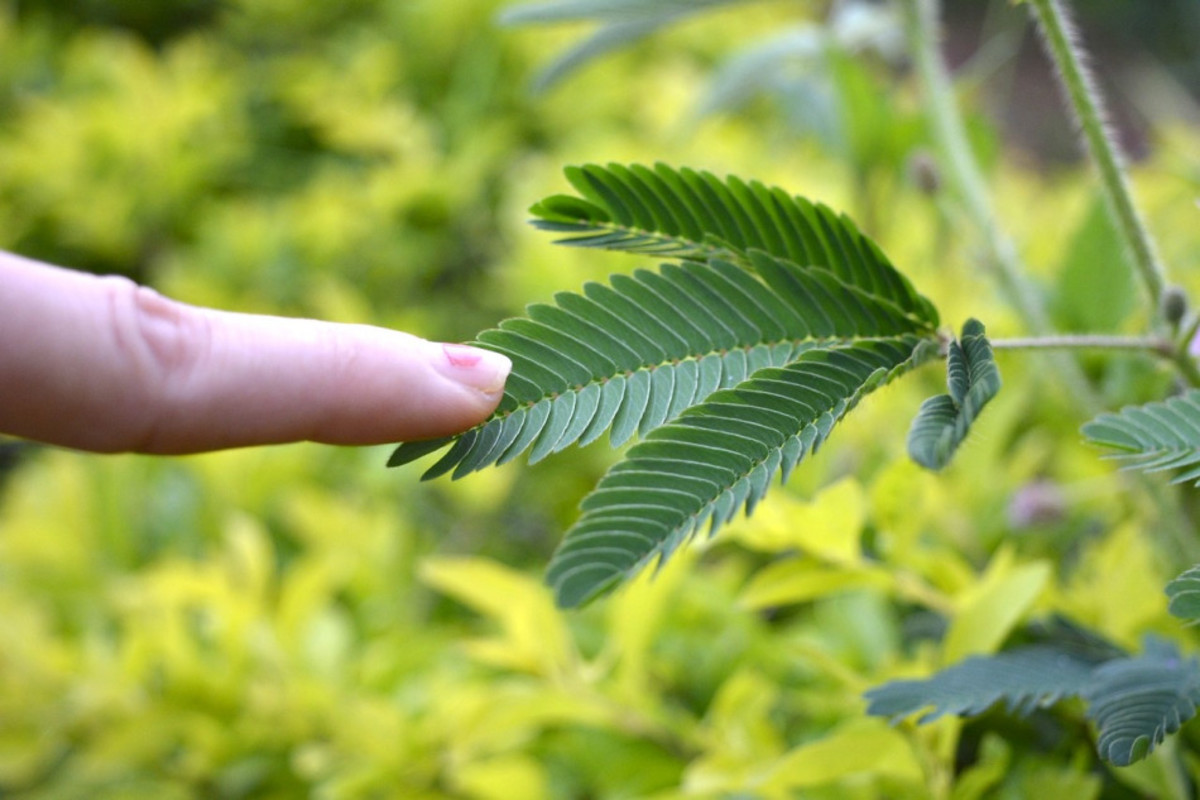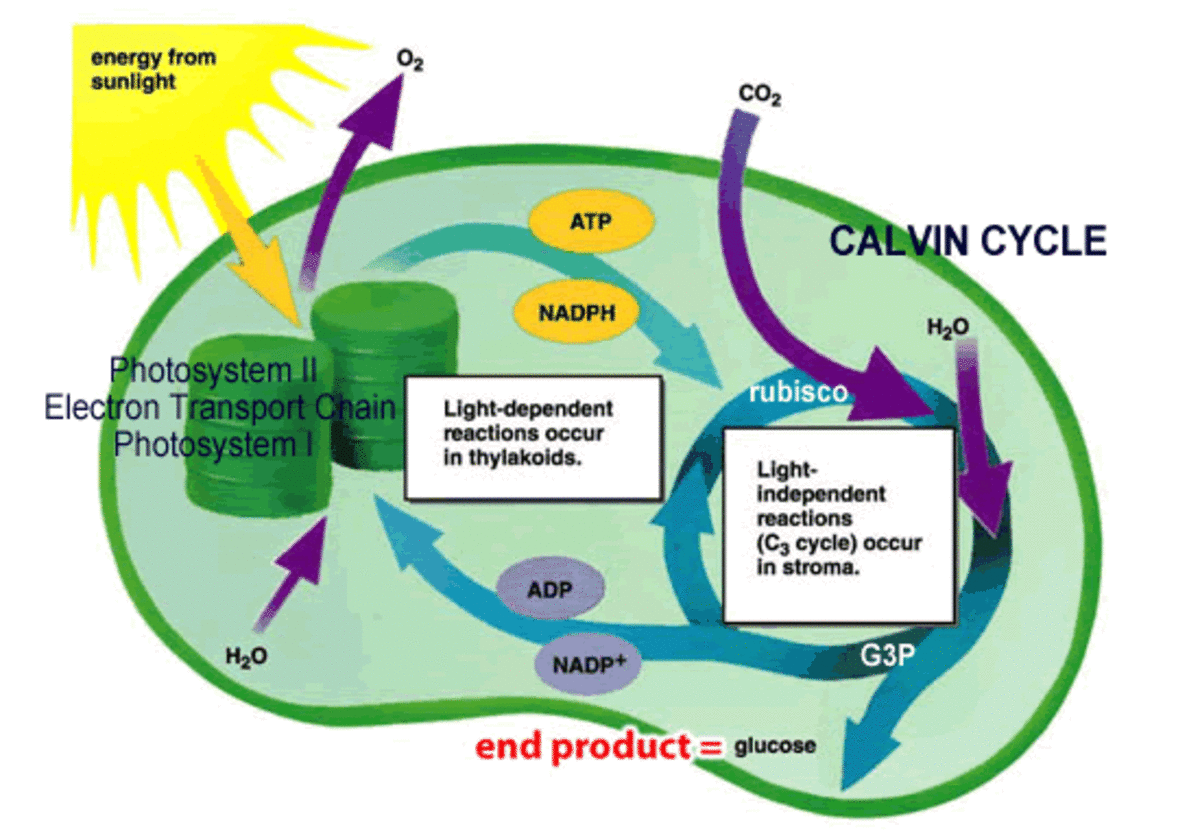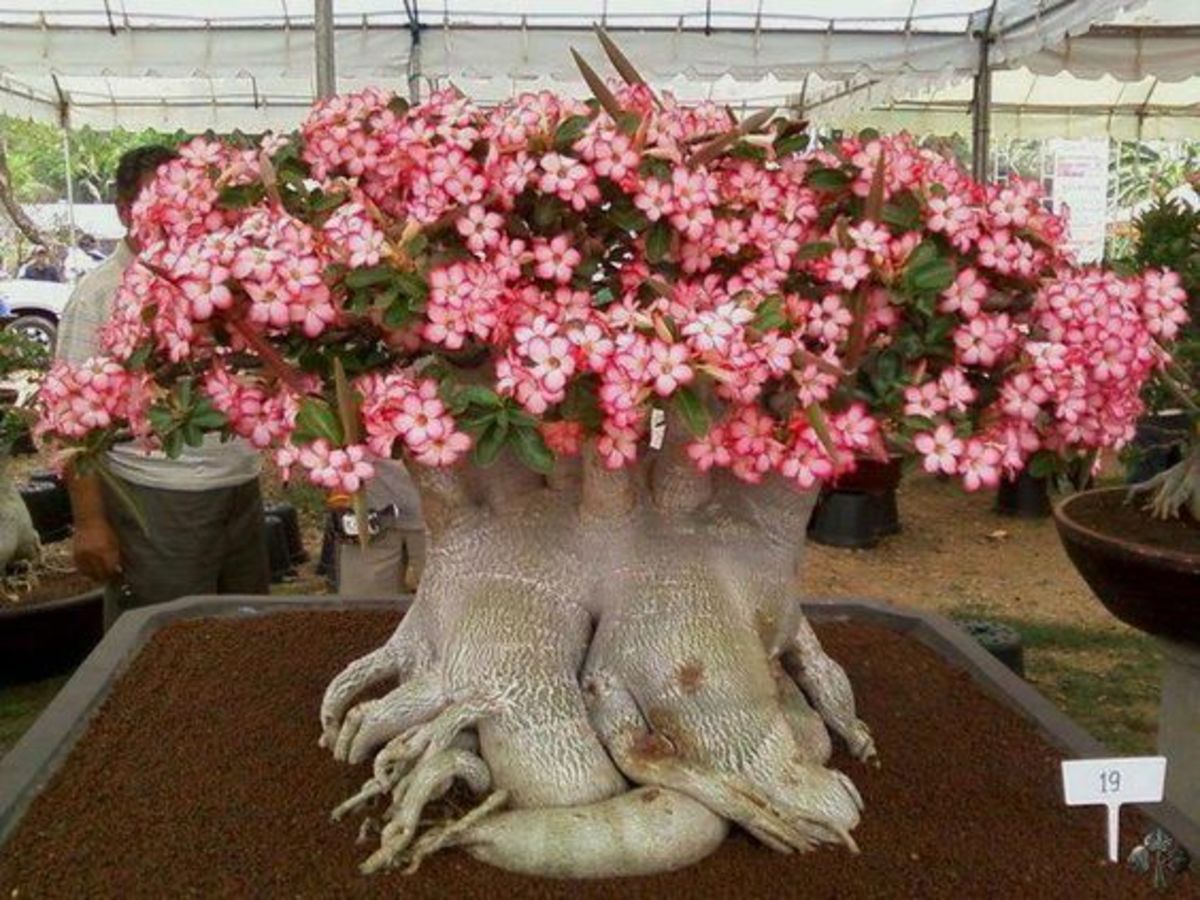What is a Plant?
Figure 3: Diagram of a Chloroplast
Click thumbnail to view full-size
Figure 1: Diagram of a Plant Cell
Click thumbnail to view full-size
It is very difficult to describe a plant exactly, since there are so many different variations between them. However it is possible to make a few general rules which, although they are broken by numerous exceptions to the rule, it does provide a loose aid to their classification. Mauseth (2008) [1] agrees, saying “It is difficult to define a plant. It is more important to develop a familiarity with plants and understand how they differ from animals, fungi, protists and prokaryotes.”
The organisms within the Kingdom Plantae are usually photosynthetic, thus meaning that they have the ability to utilise the light energy from the sun. They do this by trapping this energy in the pigment chlorophyll, which is found in the chloroplasts [Fig. 3]. It is also this chlorophyll which makes many plants appear green, since it usually reflects green and yellow wavelengths of light. This process of photosynthesis converts carbon dioxide and water into sugars, releasing oxygen as a bi-product (Ridge (2002)[2]). Not only does this mean that most plants are oxygenic, as they are producing oxygen, but also they are autotrophs because they are making their own sugars. However it is not true for all members of the Plantae kingdom. A good example of a non-photosynthetic plant is the Monotropa uniflora. It acts like a parasite, utilising fungi which grows in its roots and connects them to nearby conifers, transporting the conifers sugars (Volk (2002)[3])) (BSA Parasitic Plant Page[4]). Consequently, this plant is not oxygenic and is heterotrophic rather than an autotroph however they do still abide to some of the ‘rules’ e.g. they do still have chloroplasts (even if they have no chlorophyll). Also, organisms exist which have plant-like characteristics but are not plants e.g. organisms in the Monera Kingdom contain chlorophyll and are able to photosynthesise, thus meaning they are facultative heterotrophs but yet they are not plants.
Aside from the chloroplasts, the majority of plants have another structural similarity [Fig. 1]. They have rigid cellulose cell walls which protects the contents of the cell e.g. from pathogens, promotes cell stability and has many other uses beside these (Sengbusch (2003)[5]) (Wischik (1998)[6]). Its existence is important in plants because they are usually sessile and so rely on the cellulose cell wall, for example without its rigidity they would probably get quickly destroyed by the slightest of wind, since they are unable to move and get out of harm’s way. This means that plants are greatly reliant on a suitable environment for survival. However some plants are motile e.g. the Mimisa Pudica is able to shrink and close its leaves rather rapidly (Rico et al)[7]. Nevertheless, this plant still contains a cellulose cell wall. In addition, Fungi are not plants and yet they are sessile and have a rigid cell wall, similar to that of plants, however they are unable to photosynthesise.
Another feature that the majority of plants share is that they have no true circulatory system (Biology Online (2005)[8]). Although vascular plants do have connective tissues to transport water, minerals (xylem), sugars and hormones (phloem) around the plant, it is said this is not a ‘true’ circulatory system, since there is no ‘pump’. Instead, the plants utilise the theories of upward movement such as capillary action, root pressure and transporation pull.
In conclusion, although there is much dispute as to what actually defines a plant as a plant, their classification is so important in our understanding of organisms that even though the guidelines are broken, it is essential that they are still used. So although the question ‘what is a plant?’ is very simple in structure, it is in fact impossible to answer in a perfectly accurate manor. Perhaps a question with could give a more realistic response is ‘what are the general rules which most organisms within the Plantae kingdom follow?’, because it allows room for these exceptions.
Bibliography
[1] J Mauseth (2008), Botany: an introduction to plant biology, 4th edition, Jones and Bartlett
[2] Ridge (2002), Plants, Oxford University Press
[3] Volk (2002), http://botit.botany.wisc.edu/toms_fungi/oct2002.html, University of Wisconsin-La Crosse
[4] BSA Parasitic Plant Page, Monotropa uniflora, http://www.botany.org/parasitic_plants/Monotropa_uniflora.php
[5] Sengbusch (2003), Cell Types of the Epidermis, http://www.biologie.uni-hamburg.de/b-online/e05/05a.htm
[6] Wischik (1998), How and Why Do Plants Defend Themselves, http://www.wischik.com/marcus/essay/def.html
[7] Rico et al, Mumosa Pudica (Sensitive Plant), http://www.kew.org/plants-fungi/Mimosa-pudica.htm, Kew Royal Botanical Gardens
[8] Biology Online (2005), Circulatory System, http://www.biology-online.org/dictionary/Circulatory_system

